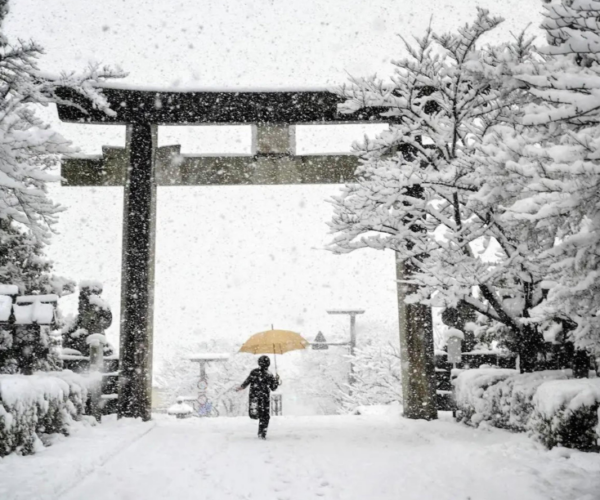Reflections of a Multilingual Teacher of English
This article originally appeared in the February 2023 issue of CONNECT.
Ryan Hirano (Ehime)
One theory in the field of Teaching English as a Second Language (TESL) is that ideally, the entire class should be conducted solely in English; questions should be asked in English, the students should answer in English, and the teacher should explain new language concepts to the class in English. While this is an admirable goal, I consider most English classes in Japan unprepared for this sort of commitment. Many high school students—whether due to too few classes or a lack of an effective English curriculum during their formative school years—do not possess the academic fortitude or personal confidence to take full benefit from having their English classes conducted solely in English.
Therefore, assuming you have permission from your school and/or supervisor, feel at liberty to employ a few strategies I found useful as a second language learner.
Hints in Japanese
I found using Japanese in class to be useful for the students’ English learning. Most English teachers will agree that one of the main goals of being an English teacher is to expose your students to as much English as possible. However, these same teachers will also likely agree that there is little point in giving your students English content that is too far above their comprehension level. You could spend a whole class helping the students listen to a news broadcast or playing a trivia game, but if the students still don’t understand anything by the end of the class, then what was the point of the activity? In situations like these, Japanese can be used to help support or scaffold the students’ English abilities so that they can participate in English activities above their normal comfort level.
For example, once when I was playing an English trivia game with some first-year high school students, the question “Who was the president of the United States?” appeared. Many students didn’t know what the word “president” meant. Rather than using class time to stop the class and have them look it up in the dictionary, I instead said a quick, suitable, example answer in Japanese like, “Tatoeba, nihon nara kishida fumio” (for example, the leader of Japan is Kishida Fumio). In this way, the students were given a hint to answer the question without me having to directly translate the question into Japanese. Having the students think for themselves what a particular word or phrase means rather than just directly giving them the corresponding Japanese translation usually results in them being able to recall the word or phrase again later on.
Students can still express themselves and practice using the grammar pattern without being limited by their potential lack of vocabulary knowledge.
Japanese for Class Participation
Sometimes, Japanese can be used by an Assistant Language Teacher (ALT) to help break the ice or otherwise make the students more comfortable in the classroom. Many students in Japan tend to be shy. This is doubly so during English class when there are so many new things they just don’t know and where answering a question will almost always result in them saying something incorrect. In general, the more students talk and participate in class, the better their English abilities become. So, Japanese may be used to increase student comfort in attempting to use English in the classroom.
I remember asking a student a question. Even though they understood the question and could even think of a suitable answer, they could only think of the answer in Japanese or in a combination of English and Japanese. In this situation, I had them say the answer out loud in Japanese with as much English as they knew. Once they tried saying it, I then asked the class what the English equivalent of the answer was. With the cooperation and support of the whole class, the student was eventually able to say a suitable answer in English.
Japanese for Lesson Simplification
The use of Japanese in the classroom can help students focus on what’s actually important in a lesson. For example, let’s say the main focus of the lesson is for the students to learn how to express desire by learning how to use the phrase “I want to. . . ”. After doing some examples of the grammar pattern together, the students are then tasked with a short activity where they create one or two sentences that use this grammar pattern. When the students are creating their sentences, let the students know that they may use Japanese if they don’t know a certain word. This way, students can still express themselves and practice using the grammar pattern without being limited by their potential lack of vocabulary knowledge. Also, in doing so, students won’t spend too much time creating just a couple of sentences and will instead have more time to do other activities in the lesson. Overall, I find that a sentence which uses both English and some Japanese is preferred over no sentence at all.
Final Thoughts
I found that when I used a little Japanese, students experienced a more meaningful and enjoyable English class with greater participation, compared to other classes where I would only speak English. Needless to say, this hybridized language learning context is my preferred teaching environment. I hope more teachers will use it as well. ALTs must remember, however, to ensure all teachers within the English teaching space are on the same page when it comes to using this approach in the classroom. Hopefully, one or more tips in this article will prove helpful in other Japanese-English classrooms.
Ryan is a first-year ALT based in Uwajima, Ehime. He is a Hawaii kama’aina who loves reading and sightseeing. His newest wish is that winters in Japan weren’t so cold.




